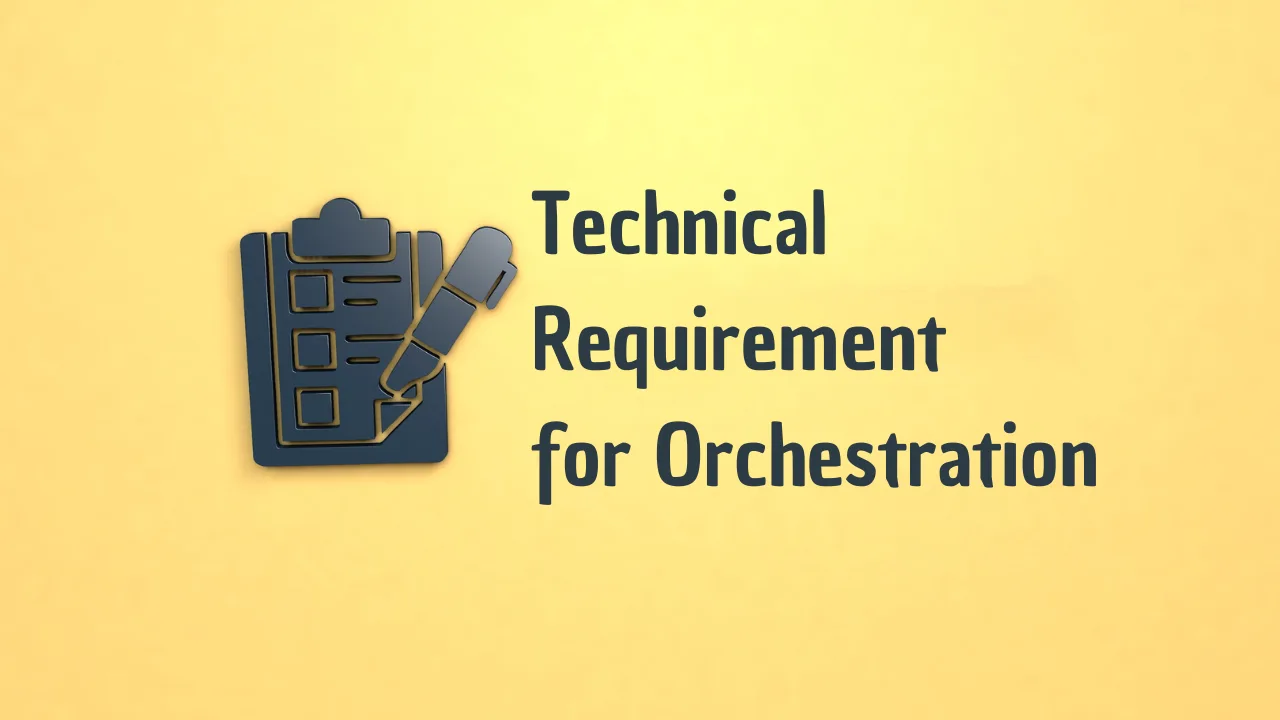The Source-to-Pay (S2P) framework has emerged as a key strategic imperative, where agility and precise execution are essential in today’s highly competitive business environment. This comprehensive system weaves together critical procurement stages—from initial sourcing to final payment—into a unified, efficient process that supports organizations in driving operational excellence. A testimony from a Fortune 500 CEO underscores the impact of S2P integration: “Adopting an integrated Source-to-Pay approach has been pivotal in reducing our operational costs significantly while simultaneously enhancing supplier responsiveness and compliance.” This highlights how leveraging source-to-pay innovations for competitive advantage can transform procurement and help companies build a more resilient operational framework.
By harnessing advanced technological tools and strategic management practices, S2P goes beyond traditional procurement methodologies, fostering transparency, reducing expenses, and empowering businesses to pivot quickly and effectively in response to changing market conditions.
Benefits of Strategic Source-to-Pay Innovations
Implementing a strategic S2P system provides several direct benefits that enhance a company’s competitive positioning in the marketplace. Here are some of the most significant advantages:

1. Cost Reduction and Enhanced Savings
- Centralized Management: By centralizing procurement activities, businesses gain tighter control over spending. S2P platforms enable more precise management of purchasing decisions, helping companies track expenses and eliminate waste.
- Strategic Sourcing: The use of an S2P system facilitates negotiations for better purchase terms, volume discounts, and improved contracts, directly impacting the bottom line. These cost-saving measures add up over time, allowing organizations to reinvest savings into other key areas.
Read more: The GenAI-Powered Future of S2P: Predictions for 2025 and Beyond
2. Improved Efficiency and Performance
- Automation: Automation of routine procurement processes reduces the incidence of human error and minimizes the need for manual intervention. This translates to faster cycle times and more efficient operations.
- Data Accuracy: Enhanced data accuracy through automation improves forecasting and planning, allowing procurement teams to make more informed decisions about inventory management, supplier selection, and contract negotiations.
3. Risk Management and Compliance
- Vendor Risk Management: An integrated S2P system provides businesses with a comprehensive view of vendor risk, making it easier to enforce compliance standards and mitigate potential supply chain disruptions.
- Streamlined Audits: With real-time data available through the S2P system, audits and compliance checks become more streamlined, ensuring adherence to both local and global regulatory requirements. This reduces the risk of non-compliance penalties and enhances overall governance.
4. Data Analytics and Insights
- Advanced Analytics: One of the core benefits of a strategic source-to-pay approach is the ability to leverage advanced analytics to gain deep insights into spending patterns, supplier performance, and operational efficiency. These insights empower companies to identify areas for improvement and optimize procurement strategies.
- Real-Time Data: Real-time data feedback loops foster a culture of continuous improvement within procurement teams, allowing them to react quickly to changes in market conditions and supplier performance.
Case Studies of Successful Source-to-Pay Implementations
The practical application of Source-to-Pay solutions can be seen in various industries, where companies have successfully implemented S2P systems to achieve significant cost savings, operational improvements, and enhanced supplier relationships.
Case Study – 1: A Global Retail Chain
A renowned retail giant introduced a cloud-based S2P solution that seamlessly integrated with its existing ERP system. The key outcomes of this integration included:
- 20% Reduction in Procurement Costs: Through improved supplier negotiations, better deal capture, and more efficient contract management, the company reduced its overall procurement costs by 20%.
- 30% Faster Procurement Cycle: Automation of the procurement process led to a 30% faster procurement cycle, directly improving inventory management across numerous global outlets.
Case Study – 2: A Manufacturing Firm
A leading manufacturer in the automotive sector rolled out an S2P platform that incorporated robust supplier management and contract lifecycle management capabilities. The impacts of this implementation were significant:
- 15% Improvement in Supplier Compliance: The company saw a marked improvement in supplier compliance, enhancing product quality and reducing the rates of rework.
- Stronger Supplier Partnerships: By leveraging data insights into supplier performance, the company built stronger partnerships with its key suppliers, fostering collaboration and igniting innovation in both product development and operational techniques.
These case studies of successful source-to-pay implementations illustrate how the strategic deployment of an S2P solution can drive both immediate and long-term benefits, from cost reduction to supplier collaboration.
Explore all customer success stories here
Leveraging Source-to-Pay Innovations for Competitive Advantage
For organizations looking to unlock the full potential of an S2P system, certain factors must be meticulously addressed to ensure success:
1. Technology Integration
Choosing the right S2P technology is critical. The software must not only cater to specific business needs but also integrate seamlessly with existing systems, such as ERP platforms. This integration ensures that data flows smoothly between departments, enabling a unified approach to procurement management. Additionally, the chosen technology should have the capacity to scale as the organization grows, ensuring long-term sustainability and adaptability.
Watch Video: Zycus’ Get-Set-Go Model: Simplifying ERP Integration for P2P Solutions
2. Change Management
Transitioning to an integrated S2P system requires effective change management strategies to ensure successful adoption across the organization. This includes comprehensive training programs for procurement teams and key stakeholders and cultural adjustments to foster a more data-driven approach to decision-making. Managing the human aspect of the transition is as important as implementing the technology itself.
3. Supplier Relationships
Strong supplier relationships are critical to the success of an S2P strategy. Transparent and mutually beneficial relationships with suppliers ensure a reliable supply chain. Building strong supplier partnerships can also facilitate better negotiations, leading to improved contract terms and favorable purchase conditions. By focusing on these relationships, companies can fully leverage Source-to-Pay for competitive advantage in today’s global market.
Conclusion
Source-to-Pay isn’t just a tool for streamlining procurement processes—it’s a strategic imperative that drives remarkable advances in operational efficiency, cost savings, and resilience. Companies that embrace S2P solutions not only benefit from enhanced savings and efficiency but also fortify their compliance frameworks and gain access to insightful, data-driven strategies that foster continuous improvement.
By nurturing robust supplier collaborations and executing meticulous strategy adaptations, businesses manifest resilient supply chains and ignite innovation and scalability. The case studies we’ve reviewed show how leveraging Source-to-Pay for competitive advantage can propel organizations to the forefront of their industries, positioning them for sustained success in a rapidly evolving global marketplace.
An adeptly implemented S2P framework propels organizations to the forefront of competitive success, offering measurable improvements in procurement processes, cost management, and supplier relationships. For companies seeking to maximize the impact of their procurement strategies, S2P is the key to unlocking new levels of operational excellence and strategic advantage.
Explore Zycus’ Source to Pay Software
To explore how Source-to-Pay can revolutionize your procurement strategy and help you stay ahead in the competitive race, schedule a demo with us today. Discover a pathway to streamlined operations and strategic excellence tailored specifically for your business needs.
Related Reads:
- 5 Key Benefits of Source-to-Pay Automation
- Demystifying Source-to-Pay: A Manual for the Modern Procurement Era
- A CPO’s Ultimate Guide to Selecting the Right Source-to-Pay System
- Intake-to-Pay vs. Procure-to-Pay: Key Differences and Selecting the Right Approach
- Don’t Get Boxed In: Why Source-to-Pay Simplicity Reigns Supreme
- White Paper: Essential Source-to-Pay KPIs, Implementation Mindfulness & Benchmarking
- White Paper: 8 Reasons to go for Integrated Source-to-Pay Suite
- White Paper: 10 Key Take Aways- Transforming the Source-to-Pay Process
- TechWatch OnDemand Webinar: Integrated & Intelligent Source-to-Pay
- Press Release – The Hackett Group and Zycus Collaborate to Create a Procurement Trends and Benchmarking Study




























































